Egypt is an entrancing country that always makes it on the list of top places to visit. Located on the North Eastern edge of Africa, it is home to some of the most beautiful wonders of the world like the Nile river and the great pyramids. Historically, it holds great significance as its civilization dates back to pharaonic times.
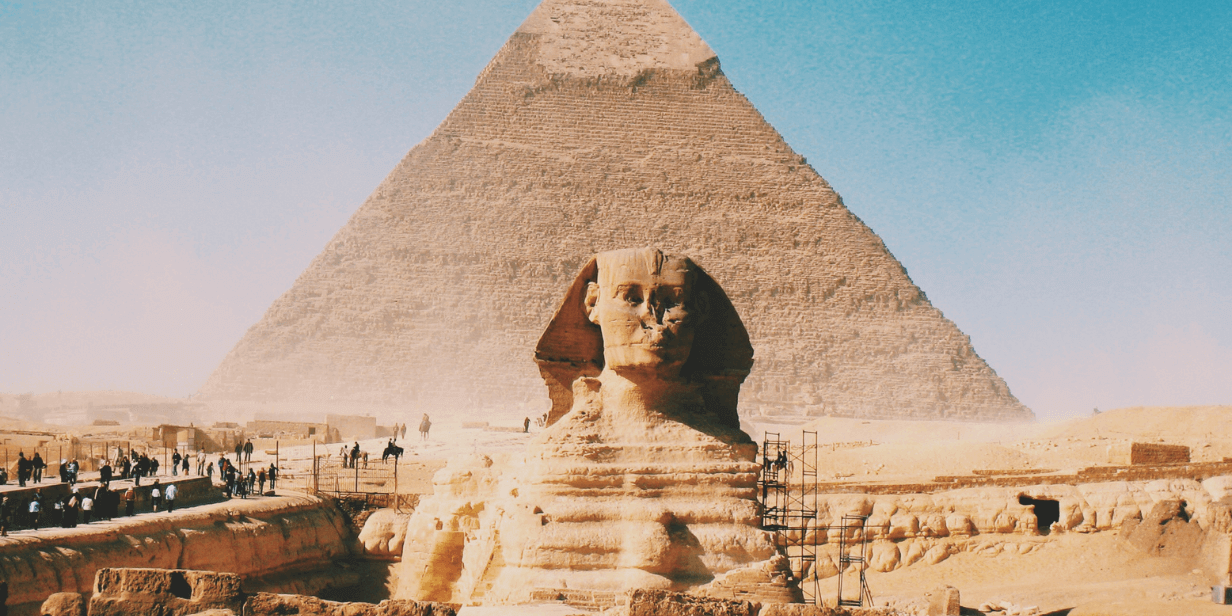
The Great Spynx in Egypt. Source: Canva.
As mystical and exotic as Egypt may sound, it’s, unfortunately, a country that has some of the worst traffic in the world. Cairo, the capital since 972 AD, ranked #45 on the TomTom Traffic Index of 2022. Along with the congestion comes a high number of road-related injuries and deaths every year.
What factors contribute to the terrible traffic congestion in Egypt? And, what can be done to alleviate the problem? One feasible solution is to make use of an Automatic License Plate Reader (ALPR) for Egypt.
In this article, we will learn why the ALPR for Egypt is a practical, long-term solution that can address traffic congestion and lessen road-related accidents, especially in the Greater Cairo Metropolitan Area (GCMA). We will also discuss the ALPR for Egypt’s ability to read plates with special characters and other markings.
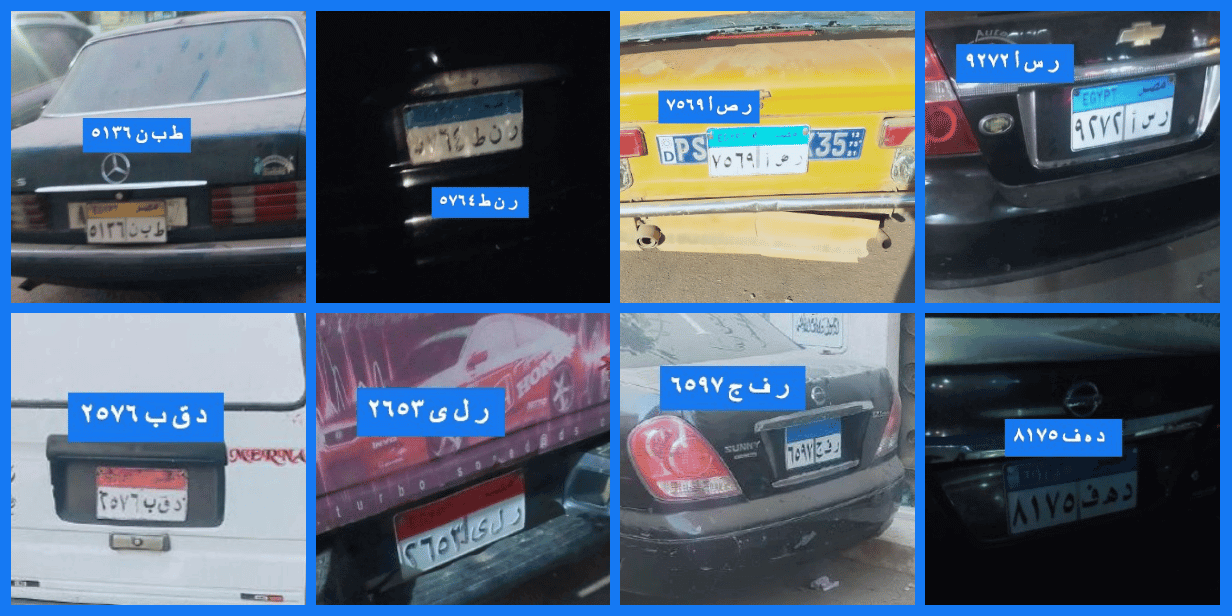
Egyptian License Plates. Source: Plate Recognizer.
Traffic in Egypt – Ripe for ALPR?
On a typical day, if you would like to get from point A to point B during rush hour in Egypt, it’s wishful thinking for you to expect to arrive on time. In a year, a car owner spends an average of 194 hours of driving. 87 hours out of the 194 is due to traffic congestion. If you equate that to reading books, you would have read about 38 books within the 87 hours.
The Greater Cairo Metropolitan Area (GCMA) has it the worst. It’s home to around 21M inhabitants – that’s about 20% of the total population of Egypt. By 2027, the number of inhabitants is expected to increase to 24M. That increase is likely going to come with more vehicles on the road, more time spent on the road, and more traffic-related accidents.
A quick search on YouTube about driving in Cairo will get you videos that are dominated by honking, pedestrians randomly crossing the street, several vehicles making the wrong turn, over-speeding, cars parked where they shouldn’t be, and a whole lot more. Just by scanning these videos, you’ll get a good idea about what the daily commute in Egypt is like.
Reports have made it clear that the traffic problem in Egypt has had adverse effects on its economy. By comparison, New York loses about $10 billion per year on delays and wasted fuel alone. Jakarta loses around $5 billion annually. For Egypt, the estimated loss is around $8 billion every year – 4% of the country’s gross domestic product (GDP). On top of this, the health of the population is also impacted due to poor air quality and road accidents.
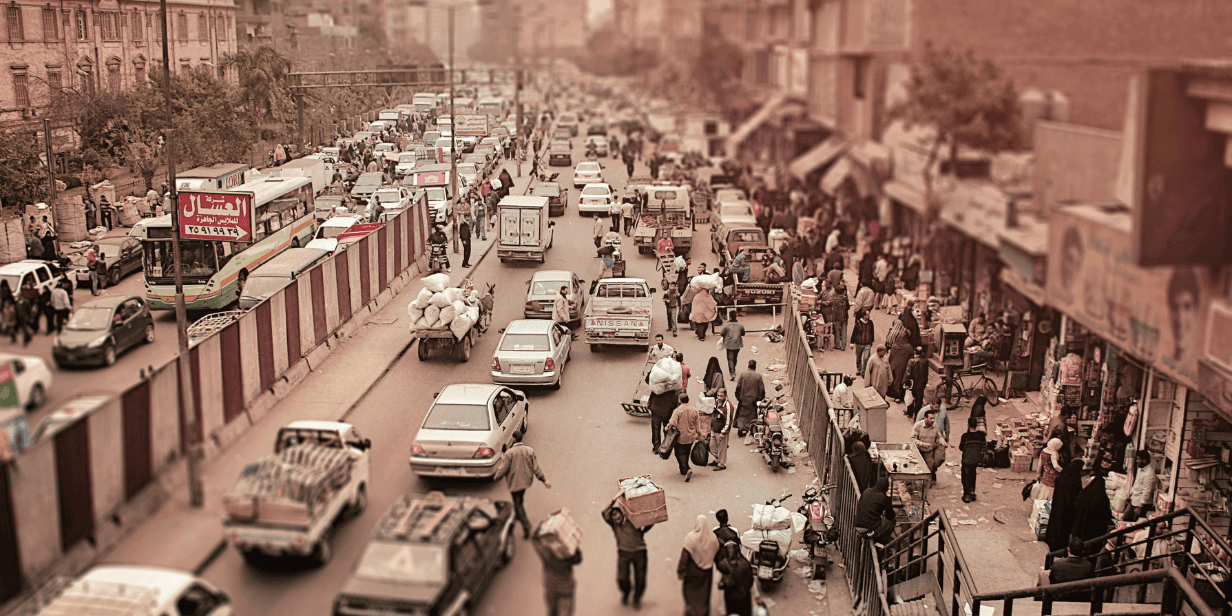
The busy streets of Cairo. Source: Unsplash
Why is Traffic in Egypt so Bad?
There are a lot of factors that contribute to the plaguing traffic in the country. For one, the country’s population is concentrated on narrow strips of land located on both sides of the Nile river. This is about just 4% of the country’s land area but 95% of the population calls these areas home.
In an effort to draw people away from the areas surrounding the Nile, the New Urban Communities (NCU) initiative was implemented. The initiative aimed to address the country’s population boom by suburbanizing desert land and evening the spread of the population.
However, this posed another problem as there weren’t enough highways connecting Cairo, the economic center, to the NCUs. This significantly increased the amount of time vehicles traveled on the road. People still had to get to their workplaces or businesses in the capital.
Another contributing factor would be vehicle ownership. Private cars are the main means of transportation in Egypt because it’s more convenient. On top of this, fuel subsidies make both gasoline and diesel inexpensive.
Although there are several options for public transportation like the metro, trains, buses, and taxis, the Egypt public transportation system still has a lot to improve to be more comfortable to use and efficient, and so it can cater to the majority of the population.
Unwritten Traffic Rules of Egypt
Lastly, one of the biggest contributing factors to the bad traffic in Egypt is the lack of strict traffic rules implementation and discipline. From a local’s point of view, there are out-of-the-norm road rules that are expected from drivers. These unwritten traffic rules in Egypt include:
- The concept of “right of way” is non-existent.
- Don’t stay loyal to your lane if you don’t want to get stuck.
- There is no such thing as a 3-second rule especially in downtown Cairo.
- Competition over gaps in traffic is fierce. Go for the gap as soon as you see one.
Because the traffic problem in Egypt has been long-standing, it seems that locals have developed their own way of coping with the chaos. Be that as it may, a systematic, long-term solution, like using an Automatic Number Plate Recognition (ANPR) system, will be of great help in addressing the root causes of the problem.
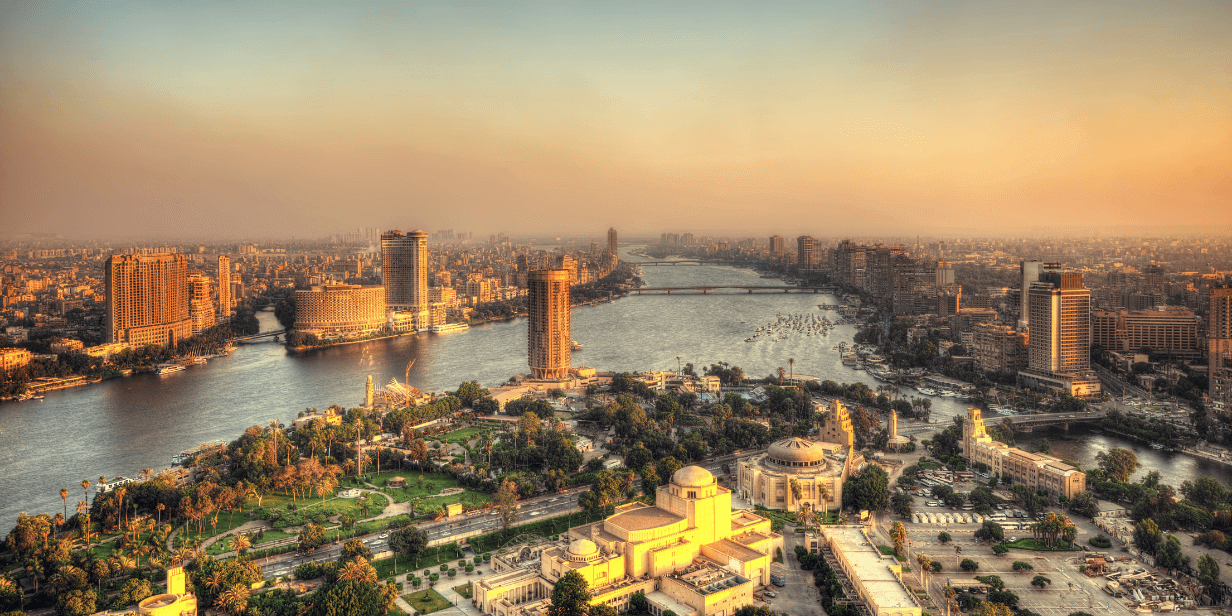
Cities along the Nile river. Source: Canva
How is Egypt Addressing its Traffic Problem?
With these kinds of factors identified, the government has already implemented several solutions to address each cause. Several public works projects are already underway, including building new cities with low-cost housing units, new roads, and new bridges.
For the public transport system, the addition of the Administrative Capital Monorail project is also going to be officially announced in 2023. It’s going to be the longest in the world, featuring 70 four-car fully automated, and driverless trains across two lines. With its peak capacity reaching 45,000 commuters per hour, the monorail is hopefully going to help lessen the number of vehicles on the road.
The next logical solution would be to make use of ALPR for Egypt which can aid law enforcement in their efforts to implement traffic rules and proper parking.
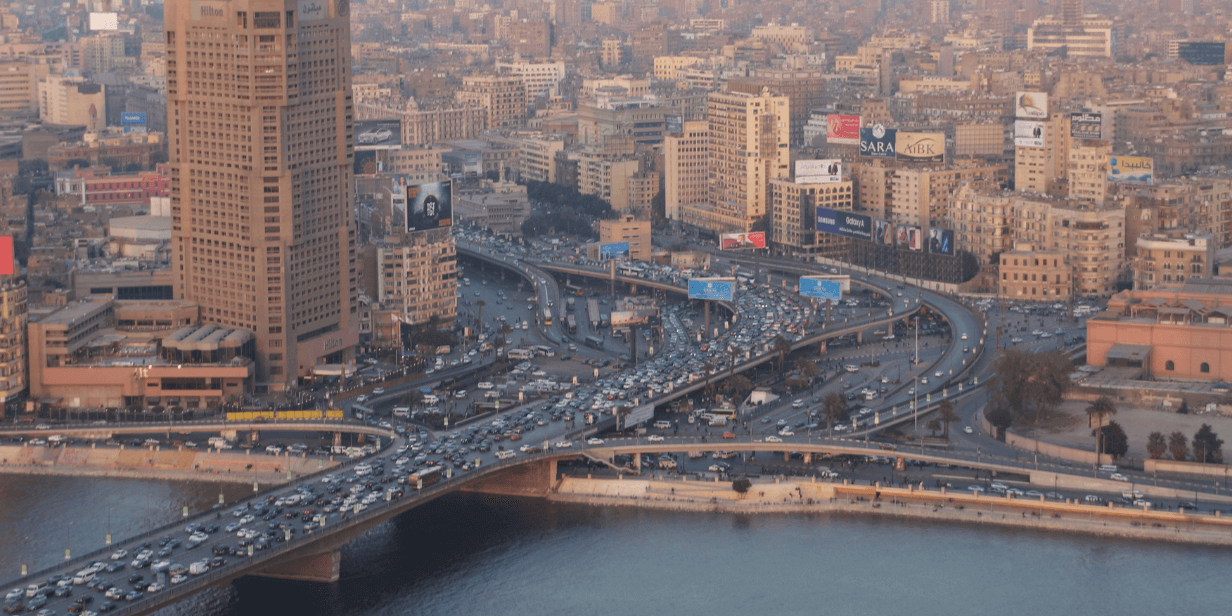
Aerial shot of Oct 6th Bridge in Central Cairo. Source: Canva.
How can the ALPR for Egypt Help?
All over the world, the Automated License Plate Reader (ALPR), also known as Automated Number Plate Reader (ANPR), is a technology that has a variety of applications including perimeter security, law enforcement support, parking management, and many more.
Specific to Egypt, the ALPR can be used to:
- Be integrated with the traffic offense management system (TOMS) to keep information on all traffic offenses road users commit. With the ALPR for Egypt, accurate driver vehicle information can be gathered and stored.
- Automatically collect tolls based on each Egyptian license plate.
- Lessen the response time to road accidents.
- Accurately gather traffic data.
- Have better access control in key areas like entrances to new cities.
- Provide a smarter parking system.
The use cases are endless because the ALPR for Egypt is flexible and versatile. If Egypt is looking to make its transport system smarter, one key would be to appropriately and efficiently use plate recognition software like Plate Recognizer.
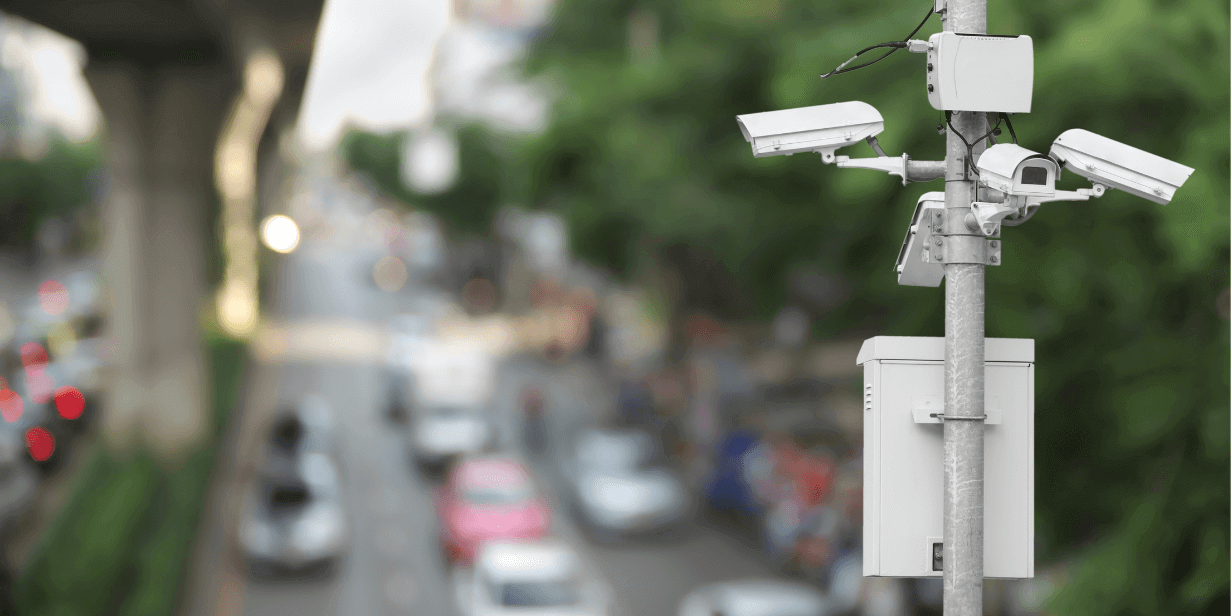
Traffic cameras capturing vehicles. Source: Canva.
ALPR Challenges in the Egyptian Environment
Although the ALPR for Egypt is going to be a useful and valuable tool, it needs to meet specific requirements in order to overcome the challenges that the Egyptian environment poses.
For instance, one of the biggest challenges is outdoor environmental changes that can distort the quality of the image the ALPR for Egypt takes. There’s also the challenge of decorative items occluding Egyptian license plates such as stickers.
The ALPR for Egypt can:
Decode Dirty License Plates
Conditions won’t always be ideal to capture the best-quality images, especially in a country like Egypt where sand is everywhere. Vehicle license plates can easily get dirty. The ALPR engine for Egypt can be tuned to read even the dirtiest license plates.
Identify Egyptian Plates Among Decorations
There are vehicles in Egypt that have bumper stickers or several other decorative items placed around their number plate. The ALPR engine for Egypt can accurately identify the license plate despite the numerous decals, signs, and logos surrounding it.
Handle Tough Angles
Because of Egypt’s topography and historical structures, there may be a need to adjust cameras to a tough angle to capture images correctly. The ALPR engine for Egypt can handle tough angles whether it is a side angle or tilt.
Read Two Lines
Motorcycles in Egypt have two lines on their plate. The registration code is shown with numbers on top and letters at the bottom. The ALPR for Egypt is able to read stacked text accurately. It can also reach plates with stacked characters including characters in the front, middle, or end of the license plate.
Read Special Characters
The current Egyptian vehicle registration number plate is made up of numeric and alphabetic Arabic characters. There are ALPR engines that can’t read special characters but our ALPR for Egypt is able to read the plates with accuracy.
Blurry Images
On the freeway, it’s very common to travel at higher speeds. When you’re monitoring traffic, this can result in blurry images. Fortunately, the ALPR for Egypt can still read plates correctly at a specific blur distance.
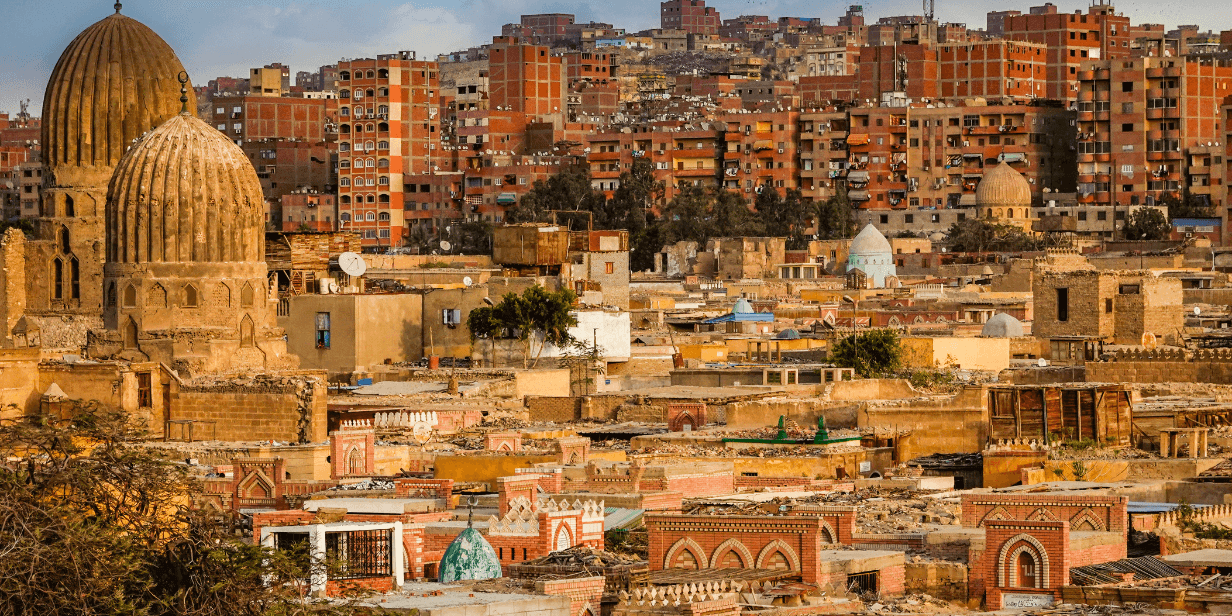
Homes and buildings in Cairo, Egypt. Source: Canva.
Test the ALPR for Egypt for Free
Using the customizable and location-specific ALPR for Egypt is going to be a step toward solving the country’s long-standing traffic and road congestion problem. The ALPR should be used to augment the current solutions the government has put in place, and it should be treated as a tool to aid authorities to gather traffic data, respond to road accidents, and enforce traffic regulations.
If the ALPR for Egypt is something that you’re interested in trying, test drive the ALPR for free. For more questions regarding the ALPR for Egypt, send us a message anytime. We’re ready to answer them.